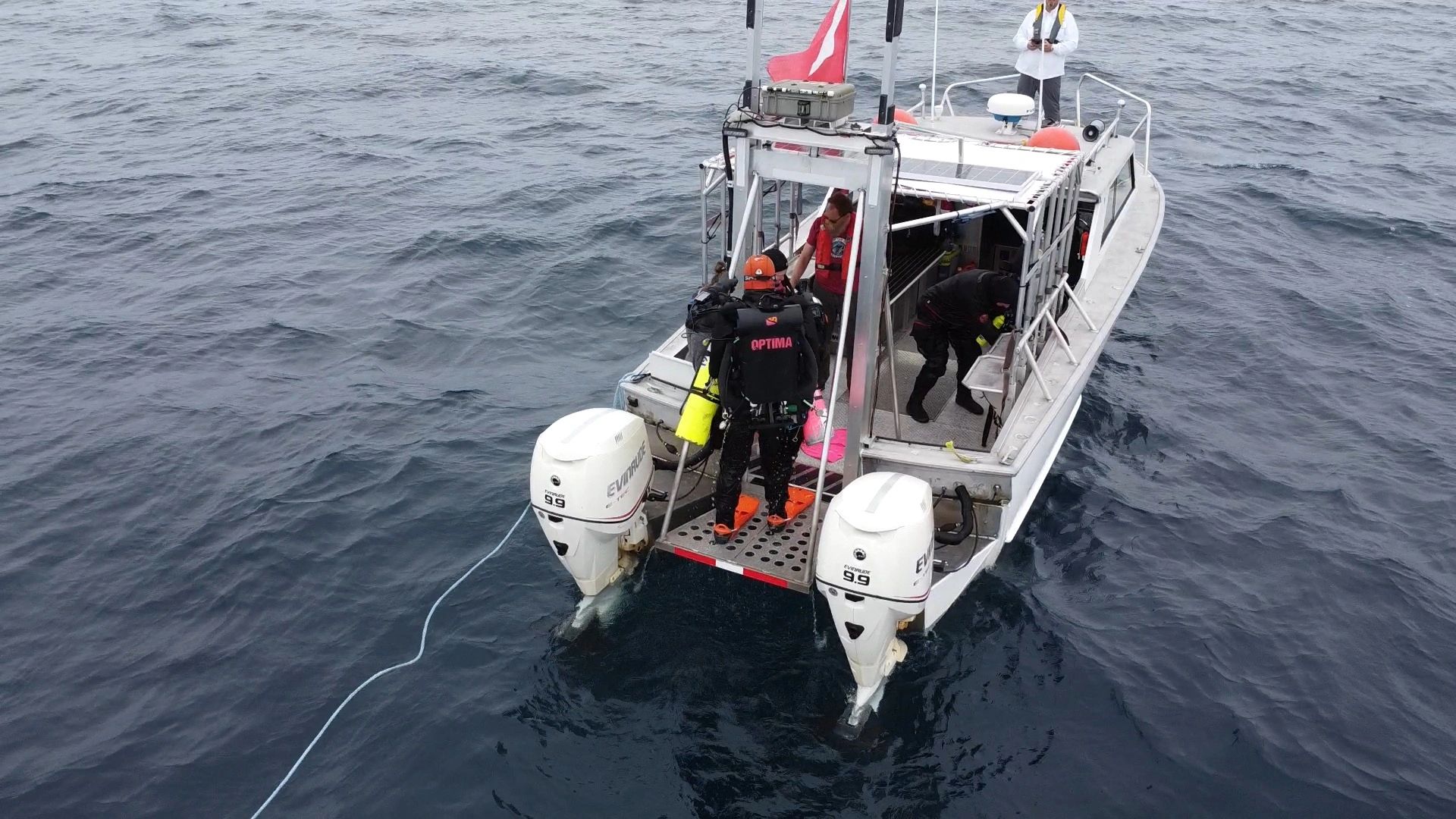What matters is the empty buoyancy minus perhaps a pound for reserve air. Contrast this, for example, to an AL tank, with a positive empty buoyancy -- you have to then carry something else (e.g., lead or steel backplate) to compensate back to at least neutral. This is one reason steel tanks are loved by many. The additional gas is another (when compared to the very common AL80). Not a problem for single-tank diving in a wetsuit.The HP100:s buoyancy profile seems to be very negative, almost 8 pounds per tank at full and slightly negative even at empty, which I'm not sure I like.
ETA: For double-tank diving in a wetsuit, the issue you face with a wing failure is the same regardless of steel or AL tank. It's just a question of whether you can swim up to compensate the full buoyancy and buoyancy lost to wetsuit compression. If not, then you'll need to be able to drop enough lead to get off the bottom to where the suit regains buoyancy. It is for the redundant buoyancy that drysuits are preferred for doubles (and warmth, of course).





